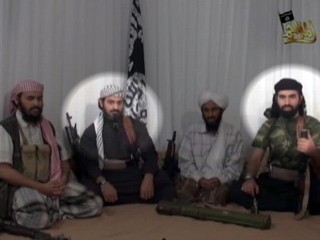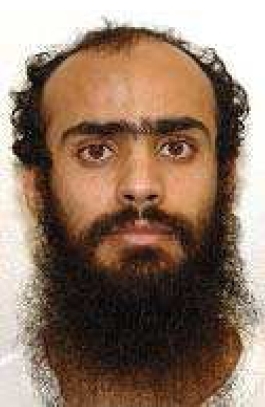Detainees' profile
The Report on Guantanamo Detainees: A Profile of 517 Detainees through Analysis of Department of Defense Data February 8, 2006, also known as the Denbeaux study (2006), was the first study on Guantanamo prepared under the supervision of Professor Mark Denbeaux of Seton Hall University, the director of its Center for Policy and Research. [20] Denbeaux and his son Joshua Denbeaux, an attorney for two Guantánamo detainees, oversaw a statistical analysis by law students of the unclassified information available from the Department of Defense about the Guantánamo Bay detainees. The study was published by Seton Hall University's Center for Policy and Research.
The students analyzed:
- Where the documents said the detainees were captured.
- Who the documents said captured the detainees.
- The relationship the documents alleged existed between the detainee and al Qaeda.
- The relationship the documents alleged existed between the detainee and the Taliban.
Nat Hentoff of the Village Voice opined: [21]
Already, however, we now know much more about how "dangerous" they really are because of a stunning, heavily documented investigation by the Seton Hall (New Jersey) School of Law. Titled "Report on Guantánamo Detainees," it profiles 517 of the prisoners at Gitmo entirely based on "analysis of Department of Defense data.
An editorial by the BBC's John Simpson summarized the study: [22]
- 92% of the Guantanamo detainees had not been al-Qaeda fighters.
- only 5% of the Guantanamo detainees were captured by American forces.
- 440 of 517 detainees (86%) appeared to have been captured by bounty hunters, in return for a $5,000 reward from the US for each prisoner.

The study reveals that the 92% of the detainees who were not alleged to be al-Qaeda fighters were alleged to be either al-Qaeda or Taliban members, or members of affiliated hostile groups. Of these "other affiliated groups," a second Center report notes that some of the groups are not included in the government's published lists of terrorist organizations. [23]
The cited primary sources in the study did not include data on actual bounties. One example of a bounty was given in the references: that of Salim Hamdan, who was known to have worked directly for Osama bin Laden. The reference comes from an article in the New York Times Magazine . [24]
The study says:
In a handful of cases the detainee's possession of a Casio watch or the wearing olive-drab clothing is cited as evidence that the detainee is an enemy combatant. No basis is given to explain why such evidence makes the detainee an enemy combatant.
Several international news sources noticed this use of the possession of a model of watch as evidence against detainees at Guantanamo Bay [26] with detainees "shocked" that wearing a cheap popular watch sold worldwide could be used against them when "millions and millions of people have these types of Casio watches". [27] Abdulla Kamel al Kandari told his tribunal he had no idea that the watch was associated with terrorism, [28] that the four Muslim chaplains at Guantanamo all wore this model of watch [29] and described the features of his watch that signal the call to prayers to a devout Muslim. [30] Salih Uyar told his tribunal: "If it's a crime to carry this watch? Your own military personnel also carry this watch, too. Does that mean that they're just terrorists as well?" [31] [32] [33] Other detainees described how its compass was used to face Mecca, [34] and being waterproof it endured ritual wash up before prayer. [27]
The lead authors are the legal representatives of two Guantánamo Bay detainees: Rafiq Bin Bashir Bin Jalud Al Hami and Mohammed Abdul Rahman [2]
Major Michael Shavers, a Pentagon spokesman, called the 2006 study about the detainees "flawed because its authors didn't have access to classified evidence." [35]






